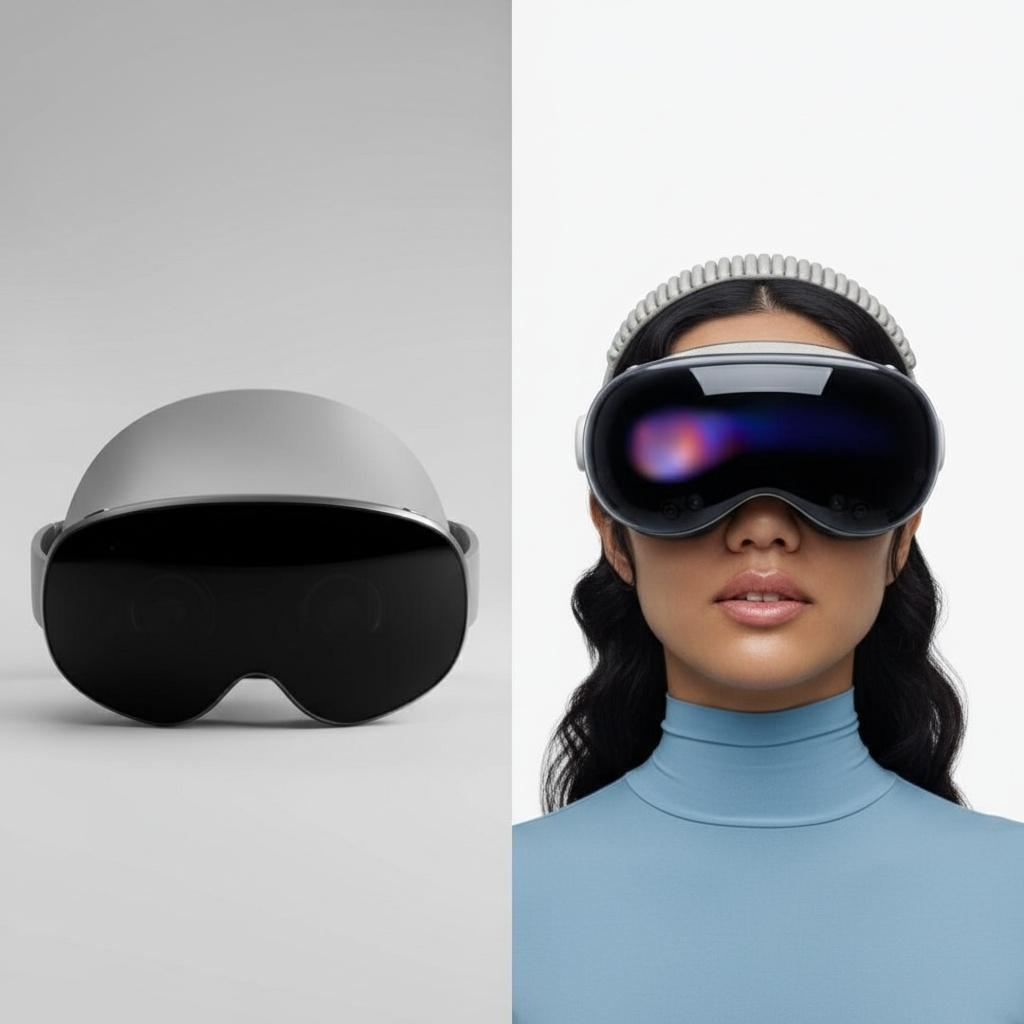Mixed reality is entering a pivotal phase, and two heavyweights are squaring up for the spotlight: Samsung’s Galaxy XR and Apple’s Vision Pro M5. Samsung is returning to head-worn computing with a Google–Qualcomm alliance and a clear aim to broaden the addressable market, while Apple continues to refine its premium spatial computing vision with a new-generation headset geared toward performance, comfort, and deep ecosystem hooks.
Strategically, the Galaxy XR appears positioned to undercut Apple on price while delivering flagship-class XR features, leveraging Android XR to tap a wider developer base and smartphone integration. Apple’s Vision Pro M5, meanwhile, targets the high end, emphasizing best-in-class immersion, responsiveness, and lock-tight interoperability with the iPhone, Mac, iPad, and iCloud services stack—a combination that keeps pro users and Apple loyalists firmly in the fold.
Design and comfort are front and center this generation. Samsung is pursuing a lighter, more ergonomic frame that’s ready for longer sessions, with an emphasis on balance and fit. Apple’s M5 iteration reportedly addresses common comfort critiques from early Vision Pro adopters, improving weight distribution and wearability without sacrificing the premium materials and industrial design flair that define its hardware.
The optics race remains fierce. Expect high-density micro‑OLED panels and pancake optics on both sides, with Apple continuing to push smoothness and clarity—up to very high refresh rates—for realistic motion and legible text. Samsung is said to be chasing similar or higher pixel density to minimize screen‑door effects, while both companies prioritize color-accurate, low-latency passthrough to make blending digital content with the real world feel natural and reliable.
Under the hood, Samsung is likely to lean on Qualcomm’s latest XR silicon for efficient, sustained performance tuned to spatial workloads, while Apple’s M5 silicon is designed to pair powerful graphics with a beefed-up neural engine for on‑device AI. The result should be fluid multitasking with multiple 3D windows, sharper rendering, and smarter scene understanding—everything from dynamic lighting to object anchoring and voice-driven intent.
Input is shifting decisively toward natural interactions. Both headsets emphasize controller‑free hand, eye, and voice tracking, reducing friction for everyday tasks and enterprise workflows. Apple’s signature presence and awareness features—like outward-facing displays and refined eye tracking—aim to keep interactions intuitive and socially acceptable. Samsung’s approach, backed by Google’s software stack, is expected to deliver competitive gesture fidelity and developer-friendly APIs that translate well across Android experiences.
Battery life, thermals, and pricing will likely draw a clear line. External battery packs remain common for keeping headsets lighter, with session times targeted at a few hours before a recharge. Early signals suggest Samsung will go to market at a lower price point to broaden adoption, while Apple maintains a premium tier. Timing also matters: Samsung is unveiling Galaxy XR today, setting the tone for its Android XR push, while Apple’s Vision Pro M5 rollout aligns with its methodical visionOS roadmap.
The bottom line: Galaxy XR could become the pragmatic choice for Android users, early enterprise pilots, and budget‑conscious creators who want capable hardware without the top‑shelf price. Vision Pro M5 will likely remain the reference device for polish, performance, and deep Apple ecosystem synergy. If you live in Apple’s world and need the best blend of hardware and software, M5 is the one to watch; if you want flexible pricing, strong specs, and Android-first integration, Galaxy XR may be the breakout hit. Real‑world testing will determine the winner on comfort, passthrough quality, and app availability.






